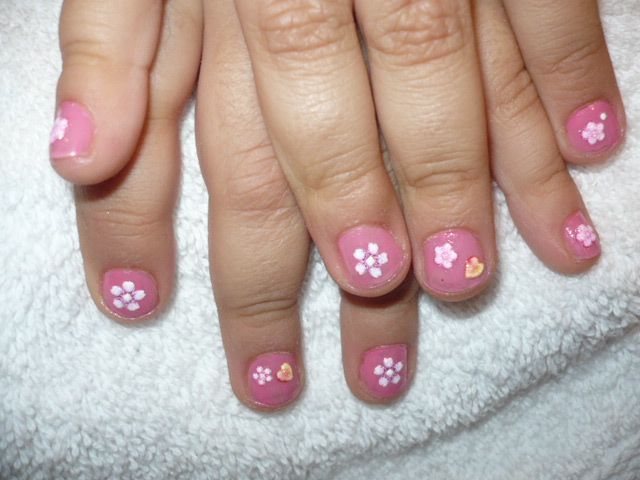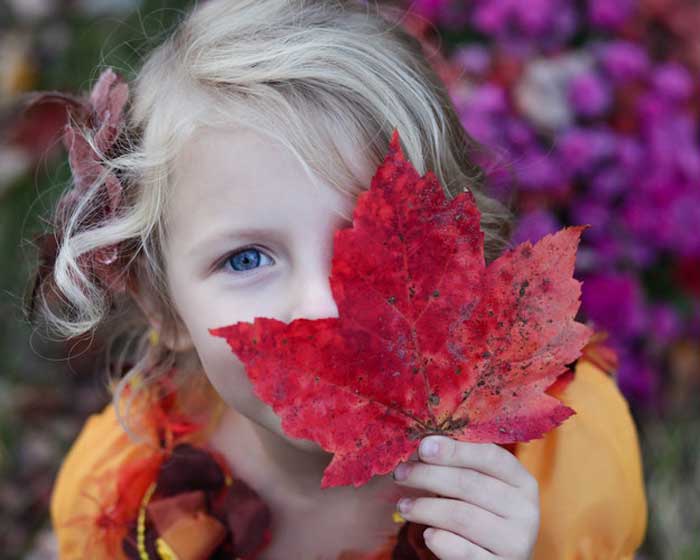Manicure Tips for Young Girls
Almost all young girls without exception love to color their nails. Sometimes the reason lies in excessive parental zeal (Beyoncé once got criticized a lot for brightly coloring the two-year-old Blue Ivy’s nails and posting a photo on Instagram), but more often ─ in the imitative instinct of little beauties and their desire to “be like mom”. If you have almost surrendered to a mother-of-pearl bottle, pleading eyes and a tearful “I want it!”, we advise you to approach the matter with all seriousness.
You should not
Cut the child’s nails right after the bath. Firstly, due to the fact that the nails swell from water, so when you are clipping or filing them, they exfoliate. Secondly, the skin swells too, due to which the clear border of the loose edge is lost, and you can cut the nail too close to flesh… If you repeat the manipulation several times, the nail plate will significantly lose its length.
When cutting a nail, it is better to make an anatomical shape, with the nail edge repeating the outlines of the finger pad (the corners should resemble a square, but be sure to file them so that they do not scratch).
Use a hard file. A file in children’s manicure is quite acceptable, but the point is to use a soft abrasive (from 180 grit and up to 240, for example). There is a huge number of files on the market, and all have different coatings, so it is better to choose the material for the girl and discuss it (some children don’t like plastic files, while others hate glass ones).
The sooner you teach your girl to take proper nail care, the longer you can postpone her acquaintance with the classic edge manicure in the future.
Cut the cuticle
Children’s nails have not been formed yet, so we are not talking about a full-fledged edge manicure (up to 15 years for sure). The cuticle with pterygium (a film growing from under the cuticle) performs a protective function and covers the matrix (the visible white part of the nail root). But everyone has different physiology.
For example, if the skin is too thin and the nails are soft, only the burrs need to be removed. When the skin is denser, you can push back the cuticle with an orange stick and gently cut the top with nippers. These two tools should always be kept at home.
You should (and must)
Use cuticle care products
These are oils and “anti-cuticle” agents that prevent the growth of excess skin. Do not be afraid of the obvious professional orientation of the second option – it is quite justified. When the pterygium is actively growing, it begins to “pull” the cuticle along with it. At the same time, the skin is often stretched to the limit on the nail plate, it breaks and turns into a scattering of tiny burrs, which cannot be dealt with if you use tweezers alone.
“Anti-cuticle” care based on fruit acids (look for the AHA inscription on the label) will painlessly solve this problem. Do not miss the opportunity to have a quick manicure session while your child is taking a bath: use an orange stick to gently move the cuticle back and clean the pterygium all around (the pain is minimal if the skin is warmed properly).
This will preserve the beauty of children’s fingers and prevent the formation of unpleasant burrs.
Color your nails with a nail polish
Girls can be pampered not only with transparent, but also with light smoky or pastel polishes, but always of high quality – without formaldehyde in the composition!
If you apply colored nail polishes, be sure to use a base to protect against pigmentation, and to extend the life of the coating itself – children are very upset when the nail polish does not last “as long as mom’s manicure” ─ you can use a top finish or try gel polish. The latter is allowed no earlier than ten years old.
The super-durable coating will not only help to cultivate an aesthetic taste, but also solve the problem of improper formation of the nail plate and bitten nails (a girl will simply be sorry to gnaw a glossy beautiful manicure).



